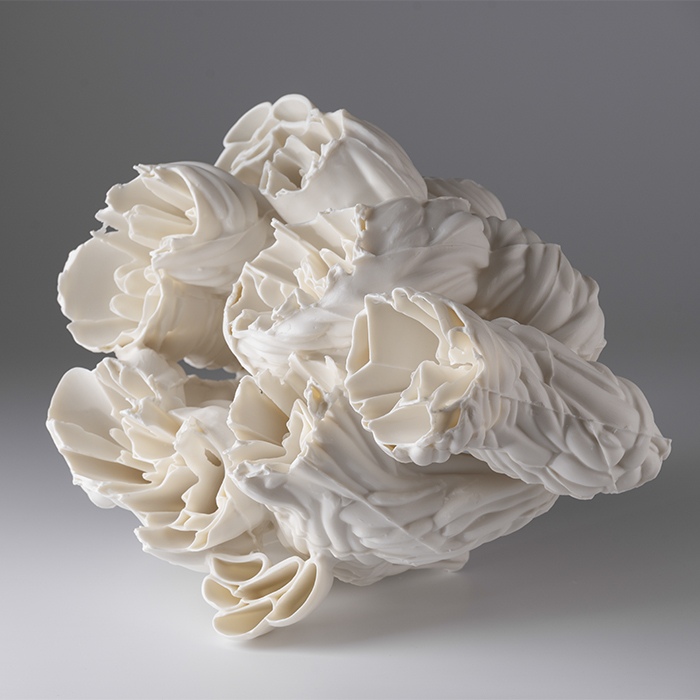and lessons that define our identities.
A Collection of Our Interviews
Science
Crystals, traditionally seen as symbols of rigidity and brittleness, are now revealing a remarkable hidden characteristic: the ability to heal themselves. Leading this breakthrough is Dr. Panče Naumov and his research team at New York University and New York University Abu Dhabi. Since the mid-2010s, they have been transforming the field of materials science by uncovering and explaining the self-repairing behavior of molecular crystals. Their work offers profound insights into the internal dynamics of solid materials and paves the way for a new generation of durable, sustainable, and adaptable technologies. This groundbreaking research was featured in a detailed article published in Nature Reviews Chemistry on April 14, 2025, marking a major advance in the study of responsive materials.
A Conceptual Leap: Crystals as Soft Matter
The renewed interest in self-healing molecular crystals, which began to gain momentum around 2016, was driven by a pivotal shift in thinking. ″Around 2015, we realized that organic crystals could be classified as soft materials, similar to plastics and rubber, but with the added feature of structural order, which makes them quite unique,″…
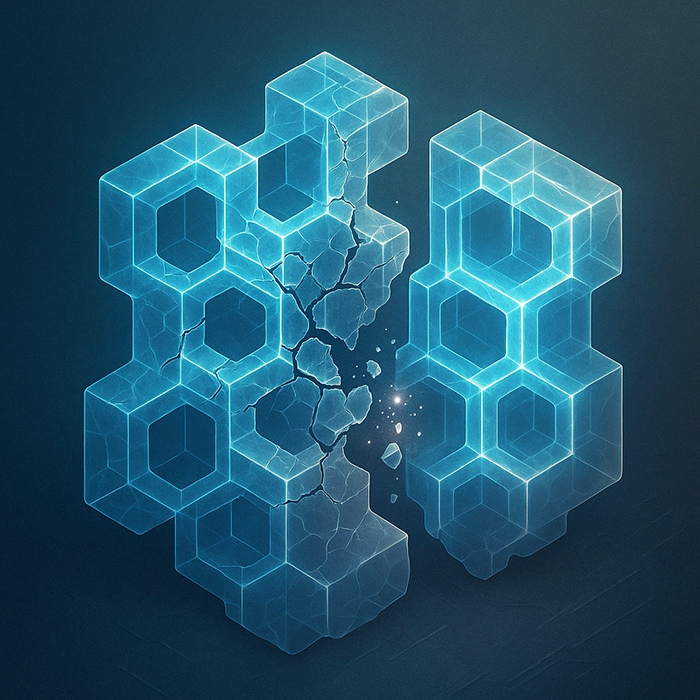
Ceramics
Hungarian artist Zsolt József Simon creates ceramic sculptures that capture living motion within static form. His works are not merely motionless objects but″border beings″ caught in transformation, inviting viewers to connect their still present with dynamic origins. Simon achieves remarkable technical mastery through impossibly thin yet structurally sound ceramic walls, balancing geometric precision with organic forms that evoke flowers, sea creatures, and geological formations.
The sculptures exist at the intersection of resemblance and abstraction, recalling structures from plant and animal kingdoms while evoking microscopic diatoms. A compelling tension characterizes his pieces: dense, ornate exteriors resembling protective nests transition into softly receding interiors filled with mysterious darkness. Simon employs an ″imaginary axis″ concept to harmonize opposing forces: inward liquid flow against outward radiant sharpness, while…
Science
A flicker of light through a spectrograph may have brought us closer to answering one of humanity′s biggest questions: are we alone? A study published on April 17, 2025, in The Astrophysical Journal Letters reveals groundbreaking mid-infrared observations of the exoplanet K2-18 b, hinting at molecules linked to life on Earth. Led by Dr. Nikku Madhusudhan from the University of Cambridge, these findings mark a pivotal moment in the search for extraterrestrial life.
A Grain of Sand That Could Change Everything
The planet K2-18 b orbits a red dwarf star approximately 124 light-years from Earth in the constellation Leo. With a mass roughly 8.6 times that of Earth and a radius 2.6 times larger, it occupies the intriguing boundary between super-Earths and mini-Neptunes. Previous observations with JWST′s near-infrared instruments had already detected carbon-bearing molecules like methane (CH₄) and carbon dioxide (CO₂) in its atmosphere, establishing it as a promising candidate for what scientists call a ″hycean world″—a planet with a habitable ocean-covered surface beneath a hydrogen-rich atmosphere.
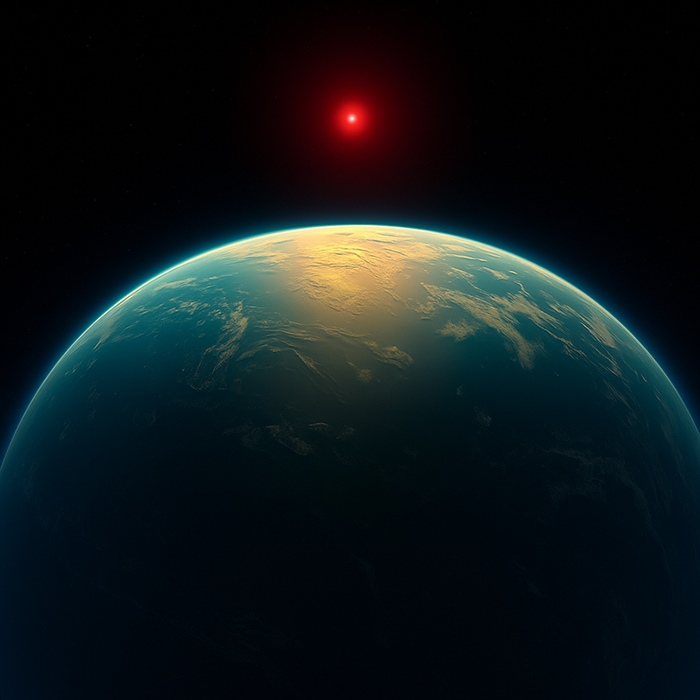
Our Narratives is a collection of original artwork, research, and commentary that fully encapsulates and displays each creator′s unique stories and experiences, with the purpose of inspiring as many readers as possible.
Recent Interviews
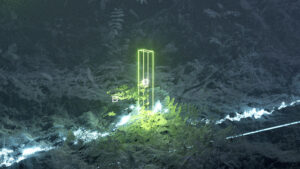
Digital Echoes: The Phygital Landscapes of Dan Hoopert
Digital Echoes: The Phygital Landscapes of Dan Hoopert In the contemporary dialogue between the natural world and digital intervention, London-based 3D Artist and Designer Dan
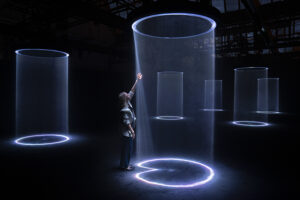
Google and Lachlan Turczan Transform Light into Matter at Milan Design Week 2025
At Milan Design Week 2025, held from April 7–13 at the Salone del Mobile, Google collaborated with artist Lachlan Turczan to present “Making the Invisible Visible,” an immersive installation…
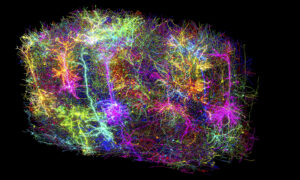
The Microcosm Within: Inside the Groundbreaking MICrONS Brain Mapping Project
In the vast landscape of scientific discovery, while astronomers chart distant galaxies and physicists delve into the mysteries of subatomic particles, the human brain continues to be one of the most elusive frontiers.
Articles
Architecture/Design
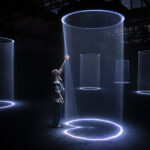
Google and Lachlan Turczan Transform Light into Matter at Milan Design Week 2025
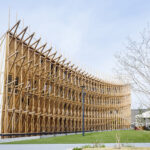
Between Seas and Skies: Bahrain’s Wooden Testament at Expo 2025
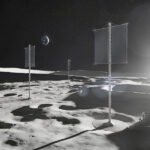
Powering the Moon: The Lunar South Pole Solar Tower

Reimagining a Legacy: Foster + Partners Presents Vision for New Manchester United Stadium
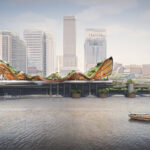
Redefining Urban Space: Heatherwick Studio’s Visionary Transformation of Louisville’s Belvedere
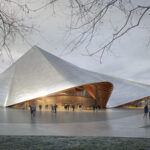
A New Cultural Icon for Kosovo: BIG and ALB-Architect Reveal a Fluid, Photovoltaic Opera House in Prishtina
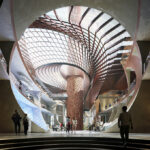
Zaha Hadid Architects to Design Nikola Tesla Museum in Belgrade, Serbia
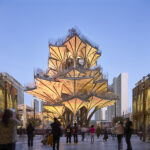
Xi’an’s New Landmark: Heatherwick Studio Blends Vertical Gardens with Traditional Tilework
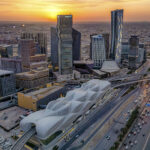
Riyadh Metro: A Paradigm Shift in Urban Mobility
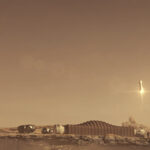
Mars Dune Alpha: Pioneering a New Era of Space Architecture
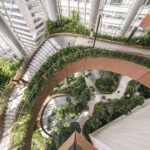
Singapore’s Vertical Garden: CapitaSpring Wins World’s Best High-Rise
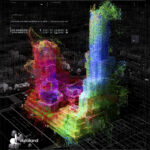
DATALAND: The World’s First AI Art Museum Set to Open in Los Angeles
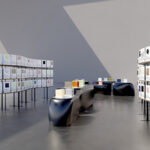
Ithra and Colab Unite to Launch Pioneering Materials Library in Saudi Arabia
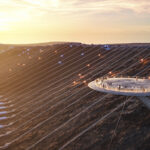
Energy Vault and SOM Unveil Revolutionary Gravity Energy Storage Partnership

Zaha Hadid Architects Weaves Floating Indoor and Outdoor Spaces for Sejong Cultural Centre
Art
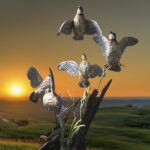
Sculpted Spirit: Chris Wilson’s Natural Poetry in Wood
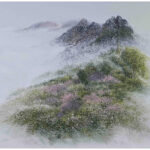
Mountain Mists in Dreams: Li Wei Chen’s Artistic World and Spiritual Journey
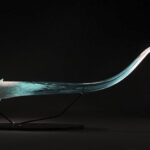
Glass Beyond Time: Stephen Pon’s Human Odyssey
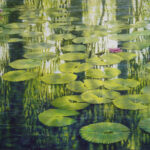
Reflections of the Soul: The Art of Kuo, Hsin-i
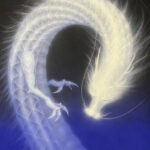
Dragon’s Tender Whispers: The Artistic Journey of Junko Umemiya
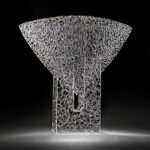
Refracting Brilliance: The Glass Artistry of Brent Kee Young
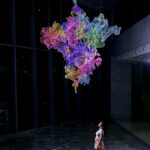
Taiwan’s Emerging Artist Julia Hung: a Dynamic Perspective on Multicultural Art
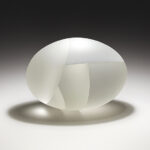
Fostering Aesthetic Elegance: The Visionary Glass Art of Jiyong Lee
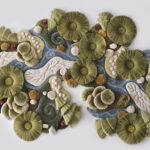
Vanessa Barragão: The Fusion of Textile Art and Environmentalism
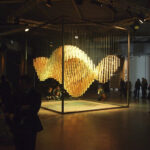
Harmonizing Art, Nature and Mathematics: The Captivating Kinetic Sculptures of Reuben Margolin
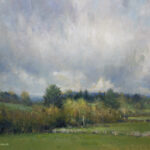
The Sublime Nature Beauty Portrayed by John MacDonald

A World “Neither Here nor There” as Portrayed by Nathan Walsh
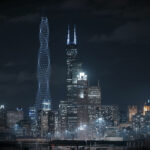
DRIFT’s Performative Installations that Connect to Nature
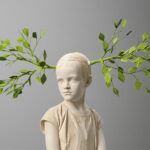
A Pure Pursuit of Harmonious Coexistence with Nature by Sculptor Christian Verginer
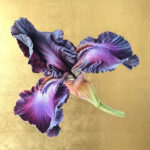
The Dancing Iris by Ingrid Elias
Photography
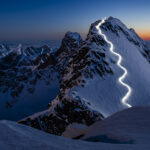
Vegard Aasen: Weaving Light and Wilderness Through the Art of Photography

From Alpine Peaks to Arctic Vistas: Roberto Sysa Moiola’s Odyssey Through Light and Landscape
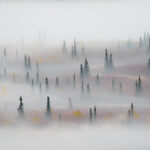
A Journey from Southern Italy to Scotland’s Ancient Woodlands: Fortunato Gatto’s Dialogue with Nature

The Sky is Her Canvas: Joanna L. Steidle’s Journey to Redefining Drone Photography
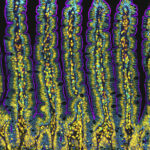
The Art of the Invisible: How One Scientist’s Failed Experiment Captured the Hidden Beauty of Life
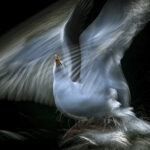
Orchestrating Ephemeral Moments: The Transcendent Vision of Jiří Hřebíček in Contemporary Wildlife Photography
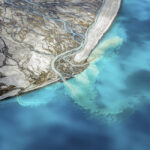
Capturing Change from Above: The Aerial Vision of Photographer Nilmini De Silva
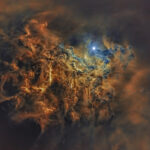
Stargazer Extraordinaire: Gary Lopez’s Fusion of Art and Astrophotography
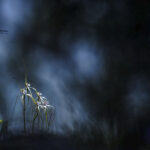
The Ethereal Beauty of Deception: Georgina Steytler’s “March of the Spider Orchids”
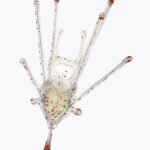
The Microscopic Muse: Wim van Egmond’s Remarkable Journey in Art and Science
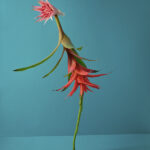

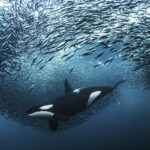
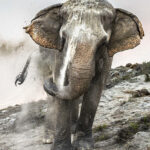
Through the Lens: Ju Shen Lee’s Journey to Document the Beauty and Bonds in South East Asia
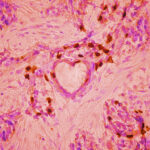
Fusing Art and Science: Małgorzata Lisowska’s Exploration of Healing Through Microscope Photography
Artisan and Craft
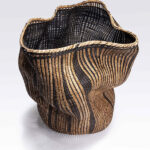
Polly Adams Sutton’s ‘Ebb Tide’: A Masterpiece of Contemporary Basketry

The Fascination of Bamboo Art: An Interview with Taiwanese Bamboo Artist Ching-Ke Lin
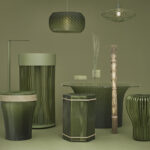
Tatami Reimagined: The Creative Journey of the Tatami ReFab Project
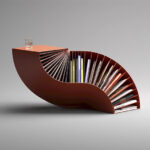
Unique Furniture Designs Combine Simplicity with Functionality by Deniz Aktay
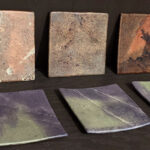
From Wall Hanging to Tableware – The Appeal of Washi
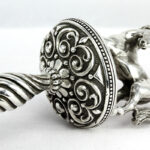
Garri Dadyan, A Virtuoso of Metal Work
Ceramics/Pottery
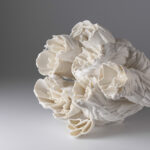
The Breath of Form: Life Imagery in Zsolt József Simon’s Ceramics
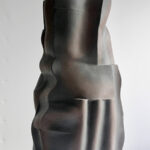
Sculpting the Void: Ken Eastman’s Journey Through Form and Emptiness
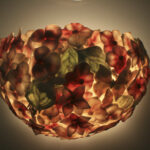
Curtis Benzle’s Artistic Voyage: Refining the Elegance of Colored Translucent Porcelain
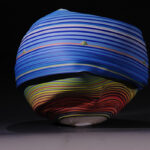
Mesmerized Wonders of Yuan-te Wang’s Ceramic Art
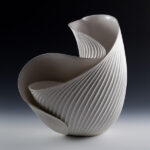
Paradigm of Perfection – Inaba’s Ceramics
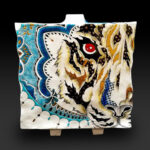
“Kutani” Ware’s New Look By Kazuyoshi Kitamura
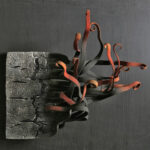
The Unyieldingly Talented Alberto Bustos
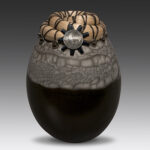
The Hands Bring the Indigenous & Modern Worlds Together by Valerie Seaberg
Digital Art/Media Art
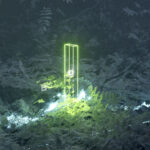
Digital Echoes: The Phygital Landscapes of Dan Hoopert
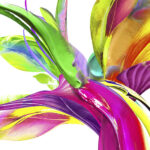
Kahori Maki: Motion’s Muse and the Depth of Multi-Dimensional Artistry
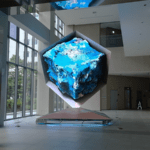
Nature, Data, and Art: The Innovative Fusion in Claude Studio’s Media Artistry
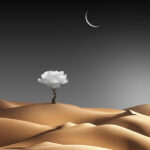
Kathrin Federer’s Mesmerizing Digital Art
Community
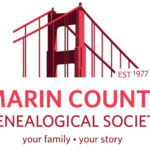
Meet a Few of the Heroes behind the Marin County Genealogical Society
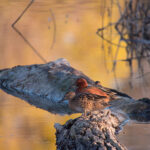
Guardians of Wild Birds in Marin, CA
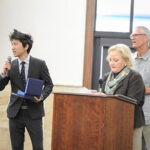
How I Captured Mail Thieves
Conservation and Sustainability
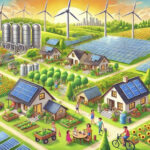
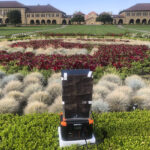
Revolutionizing Chemistry: A New Frontier in Sustainable Innovation
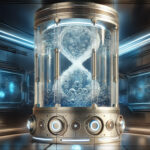
Breaking the Forever Chain: A New Hope for PFAS-Free Water
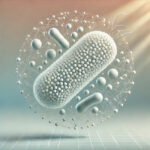
Bacteria-Powered Plastics: A Breakthrough in Thermally Stable and Biodegradable Polymers
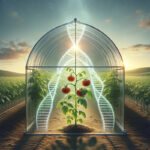
Israeli Scientists Utilize CRISPR Technology for Sustainable Farming: Advancing Towards Water-Saving Tomato Cultivation
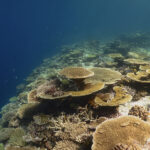
Dr. Marco Contardi: Pioneering Coral Protection Research with Curcumin
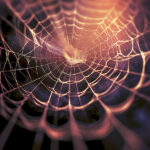
Major Breakthrough in Synthetic Spider Silk Fabrication Made by Dr. Fuzhong Zhang
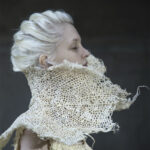
“Rootfull” Design by Zena Holloway
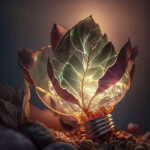
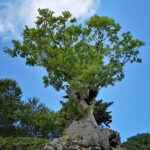
The Importance of Preserving Ancient Trees by Dr. Gianluca Piovesan
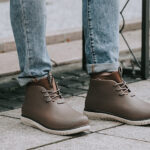
CCILU, the Forefront of Sustainable Shoe Making
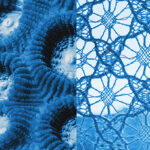
Bring New Life to Coral Reefs by Jérémy Gobé
Food/Health
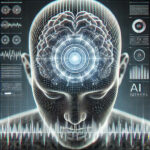
Harnessing AI to Revolutionize Dementia Diagnosis with EEGs by Researchers at Mayo Clinic
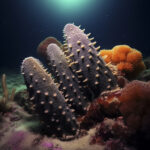
Sea Cucumbers: A Promising Natural Solution for Diabetes Prevention and Management by Dr. Permal Deo

“Feed Your Brain” and “Feed Your Brain Cookbook“- Books on How to Nourish Your Brain by Dr. Delia McCabe
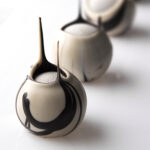
Chocolate Artistry by Luis Amado

Creating the Foodloose ‘Silk Road’ between the West and the East

Meera Cooks Nourishing Delicious Food
History & Prehistory
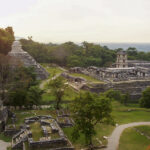
Ancient Wisdom, Modern Solutions: How Maya Reservoirs Inspire Sustainable Water Management
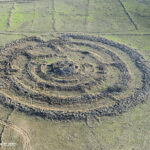
The Mystery of the ‘Wheel of Ghosts’: Ancient Observatory or Something Else?
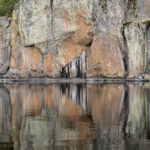
Echoes of Time: Unveiling the Sonic Tapestry of Ancient Finnish Rock Art
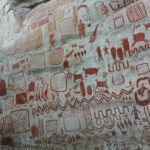
Ancient Insights: Unveiling the Mysteries of Rock Art in the Colombian Amazon

Sima Qian and Beyond by History Professor Grant Hardy
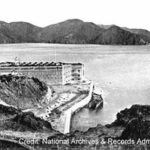
The Pacific Squadron of Imperial Russian Navy at San Francisco in 1863
Literature & Music

Special Dedication from Chener Cherry Yuan
![[Emily Dickinson’s manuscript of Because I Could Not Stop for Death; Pinterest]](https://ournarratives.net/wp-content/uploads/2020/09/1-1-150x150.jpg)
Because I Could Not Stop for Death (479) ~ Emily Dickinson (1830-1886)
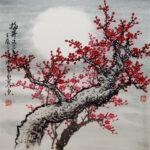
Pilgrimage to Emptiness in Tang Poetry
Medicine
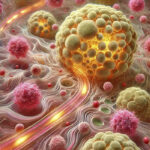
Starving Cancer: How Engineered Fat Cells Could Revolutionize Treatment
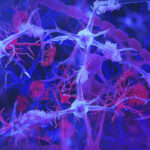
Gut Virus Linked to Alzheimer’s: New Research Highlights a Surprising Brain-Gut Connection
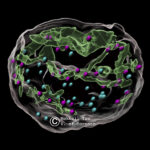
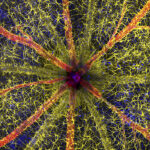
A Glimpse into the Microcosm: Hassanain Qambari’s Visionary Triumph in Nikon Small World Competition
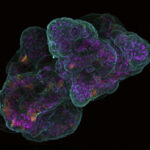
Revolutionizing Regenerative Medicine: Dr. Kristopher Kilian’s Breakthrough with Trpzip Hydrogel
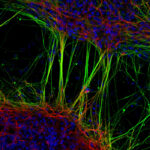
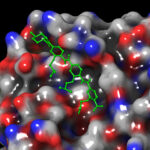
ERX-41, A New Paradigm for Cancer Treatment by Dr. Jung-Mo Ahn
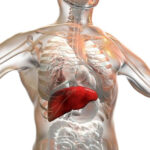
Dr. John Sayer’s Discovery of TULP3-related Ciliopathy, A Breakthrough in Gene Medicine
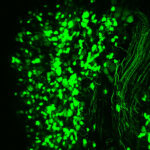
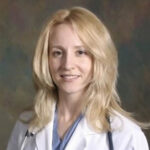
Interview with Dr. Trounce, Director of Stanford Biosecurity
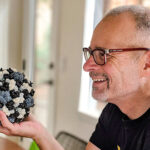
Andrew Hessel and His Creation
Philosophy
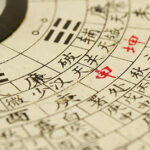
Riding the Waves of Change An Introduction to the I Ching
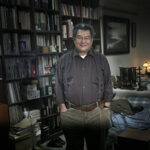
The Patterns of Life
Science

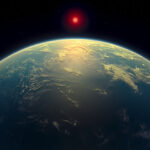
Life Signals? JWST Discovers Key Biosignatures in the Atmosphere of a Distant Planet

The Microcosm Within: Inside the Groundbreaking MICrONS Brain Mapping Project
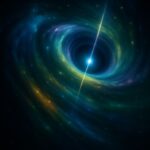
From Black Holes to White Holes: A New Vision of Cosmic Time
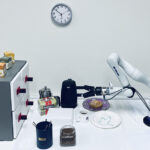
Brewing Intelligence: The Robot Barista Ushering in an Era of Adaptive Machines
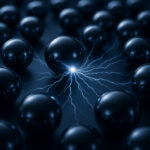
Friction’s Electric Promise: Dr. Ignaas Jimidar on Powering the Future
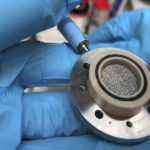
Innovative Battery Electrode Made From Tin Foam: X-Ray Imaging Reveals Internal Evolution
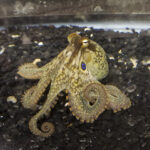
Eight Arms, Infinite Motion: Unraveling the Octopus’s Extraordinary Dexterity
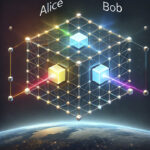
The Quantum Cipher: When Light Becomes the Unbreakable Lock of Tomorrow’s Digital Fortress
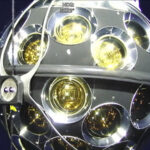
The Deep-Sea Revelation: KM3NeT Detects the Most Energetic Neutrino Ever Observed

When Quantum Meets Classical: A New Era of Internet Communication
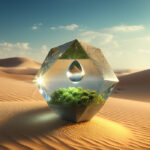
Smart Crystals Draw Inspiration from Desert Life to Revolutionize Water Harvesting
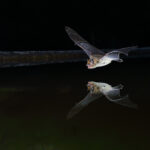
Navigating with Precision: How Kuhl’s Pipistrelle Bats Use Acoustic Maps and Vision
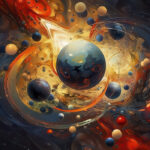
Unveiling Order in Cosmic Chaos: A Revolutionary Look at the Three-Body Problem
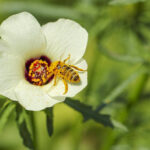
Nature’s Hidden Artistry: Unveiling the Secret Blueprints of Flower Patterns
Travel
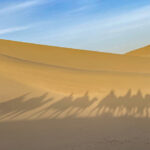
Northwest Loop Trip, China
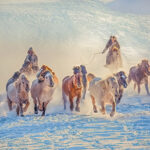
All White in Wulan Butong, Inner Mongolia, China
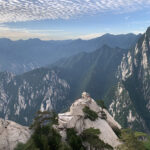
{My China Trips} Mt. Huashan Trip
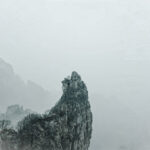
North Yellow Mountain ~ Baishi Mountain
Get In Touch
We would like to hear from you.
